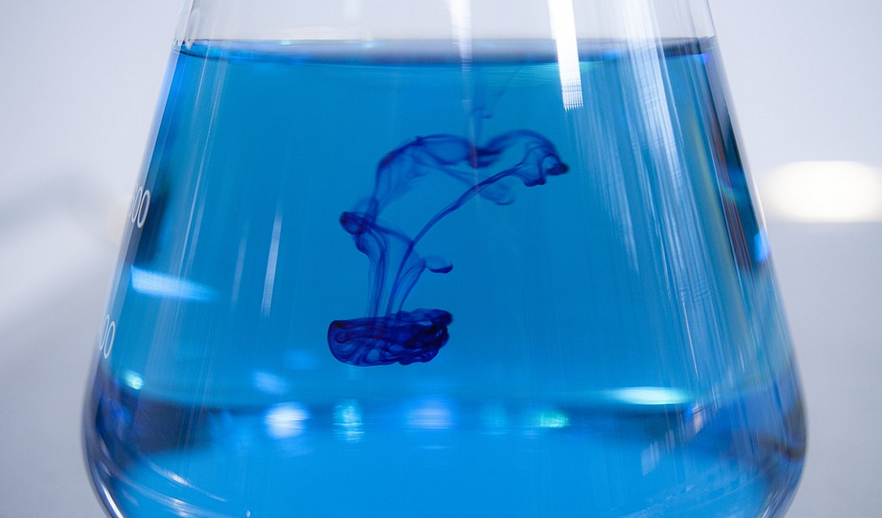Introduction
When it comes to plant polysaccharides, starch and cellulose are two of the most essential components. These two molecules are critical for the structure and function of plants, serving as energy storage and providing structural support. However, despite their similar appearance, starch and cellulose have very different properties and functions in the plant kingdom.
Structure
Starch and cellulose are both made up of long chains of glucose molecules, but the way these chains are arranged is different. Starch is a branched molecule, consisting of both linear and branched chains of glucose. In contrast, cellulose is a linear molecule, consisting of straight chains of glucose molecules that are tightly packed together.
Function
The main function of starch in plants is to store energy. When plants undergo photosynthesis, they produce glucose, which is then converted into starch and stored in the plant’s cells. The stored starch can later be broken down and used to fuel the plant’s growth and development. Cellulose, on the other hand, serves as the main structural component in plants. It provides rigidity and strength to the plant’s cell walls, allowing them to maintain their shape and resist external forces.
Digestibility
One of the key differences between starch and cellulose is their digestibility. Starch is easily broken down by enzymes in the digestive system, allowing animals to extract energy from it. However, cellulose is much more difficult to digest, as the tightly packed chains of glucose are held together by strong hydrogen bonds.
Uses
Starch and cellulose have a wide range of practical applications beyond their roles in the plant kingdom. Starch is commonly used in the food industry as a thickening agent, and is also used to produce biofuels such as ethanol. Cellulose, on the other hand, is used in a variety of products, including paper, textiles, and even some types of plastics.
Conclusion
While starch and cellulose may appear similar at first glance, their differences in structure, function, and digestibility make them two distinct and essential components of the plant kingdom. Whether you’re enjoying a bowl of pasta or reading a newspaper, it’s likely that both starch and cellulose played a role in their production.

